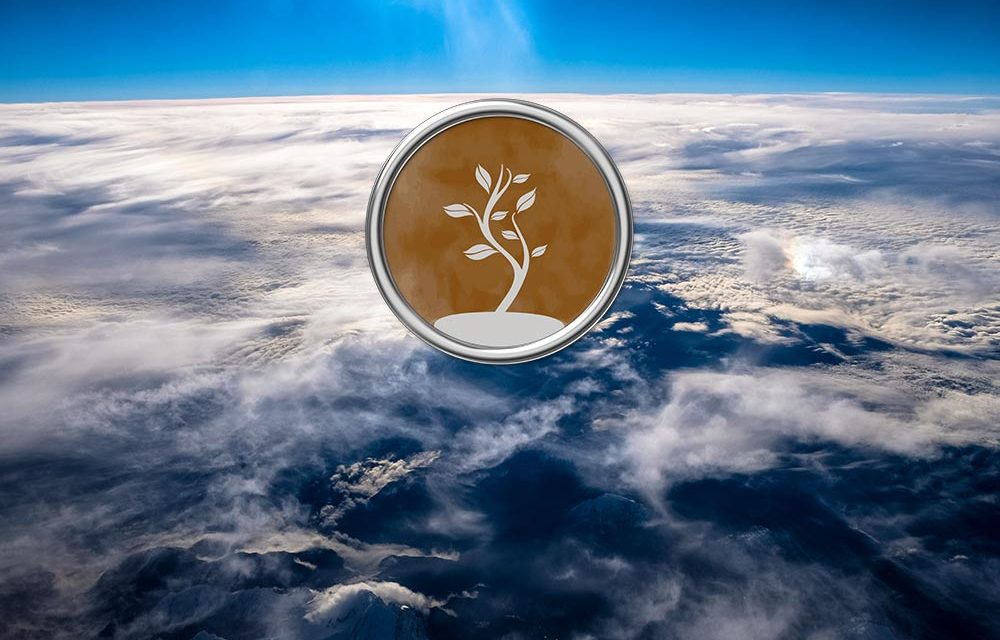
5 – PRESERVE THE EARTH AND PROTECT INSECTS

Victor Hugo’s poem, The Hymn to the Earth, is a gentle and inspiring entry into this chapter dedicated to our soils and its riches. The peaceful approach of the Less Saves The Planet movement is a strength among its readers.
Reintroduce carbon into the soil, the solution under our feet
In our planet’s ecosystem, global warming is intimately linked to land and plants. To understand future issues, an update on the origins and growth of this warming is essential. According to the French Ministry of Agriculture and Food, “the amount of carbon dioxide in the atmosphere is increasing each year by 4.3 billion tonnes.” The first part of this chapter is therefore dedicated to the definition of carbon dioxide, soil carbon and their negative and positive effects on the environment. Through the subject of deforestation, or above-ground cultivation, the reader discovers the eco-responsible or non-responsible practices that encompass the issue of carbon.
Soil preservation, farmers’ seeds and the problem of GMOs
GMOs and farmers’ seeds are both thorny issues for different reasons. The controversy of farmers’ seeds is generally based on the fact that they are not commercially available or listed in the official catalogue. They are now the subject of a law for the recovery of biodiversity. These genetically strong and very fertile seeds need less water and no pesticides or fertilizers to grow, unlike industry seeds that are sterile. They therefore play a decisive role in the preservation of our soils.
GMOs is an even more global topic that questions our ethics, our health and that of the planet. In the interests of neutrality, Less Saves The Planet synthesizes the advantages of GMOs and their disadvantages.
Rotation and diversification of cultures, the pillar of permaculture
After introducing the issue of watering to the general public, Less Saves The Planet introduces permaculture, “an integrated and evolving culture system inspired by natural ecosystems,” into this chapter. It highlights the difficulties in implementing crop diversification and permaculture: the difficulty of organizing crops and seeding as well as the safety of crops. However, it also highlights the dangers of monoculture such as soil compaction, soil imbalance that becomes infertile and bee malnutrition.
Through the myth of the “Three Sisters”, the reader can grasp the plural benefits at the environmental level of permaculture. This chapter then lists many tricks through tables and graphs to launch your own vegetable garden!
Insects, the indispensable allies of our environment
“If the bees disappear from the surface of the globe, in would only be four years left to man. More bees, more pollination, more plants, more animals, more people. ». This quote by Albert Einstein, despite its lack of accuracy, reminds us of a truth: our life is part of the ecosystem that surrounds us. 80% of flowering plant species, 75% of food crops and 35% of the world’s agricultural land depend directly on pollination.
Partly because of monoculture, 40% of bee colonies have been decimated in less than 10 years in Europe. The United Nations has taken charge of the subject and gives advice on beekeeping and the choice of honey that Less Saves The Planet transmits and completes in this chapter. At the food level, insects themselves supplement the diets of about 2 billion people mainly in parts of Asia, Africa and Latin America.



















